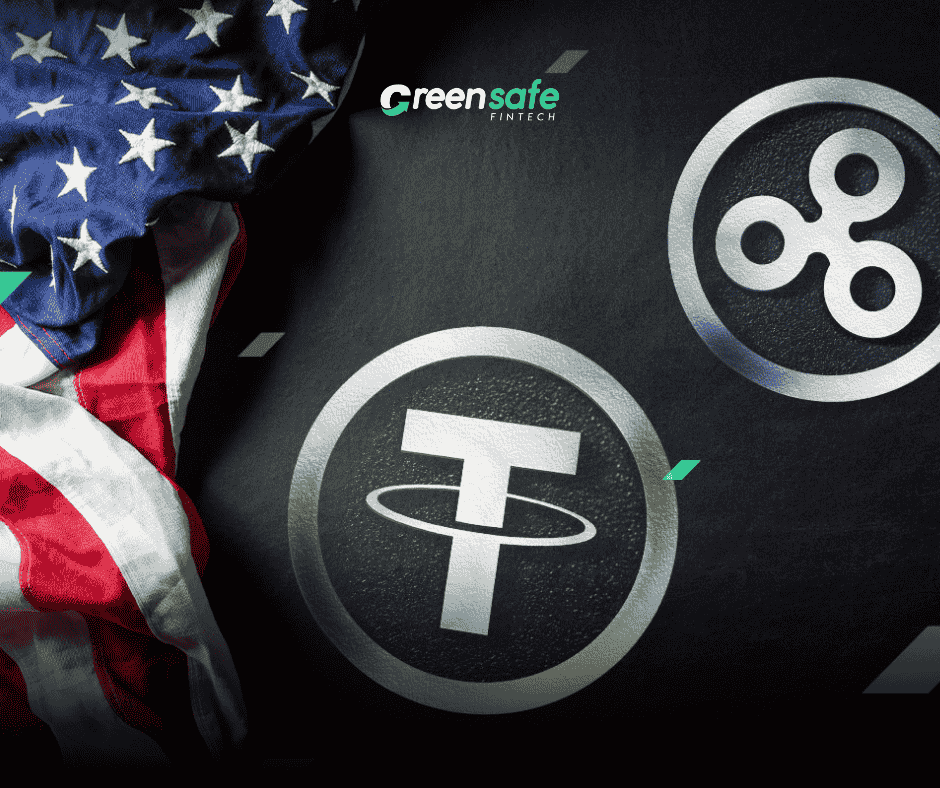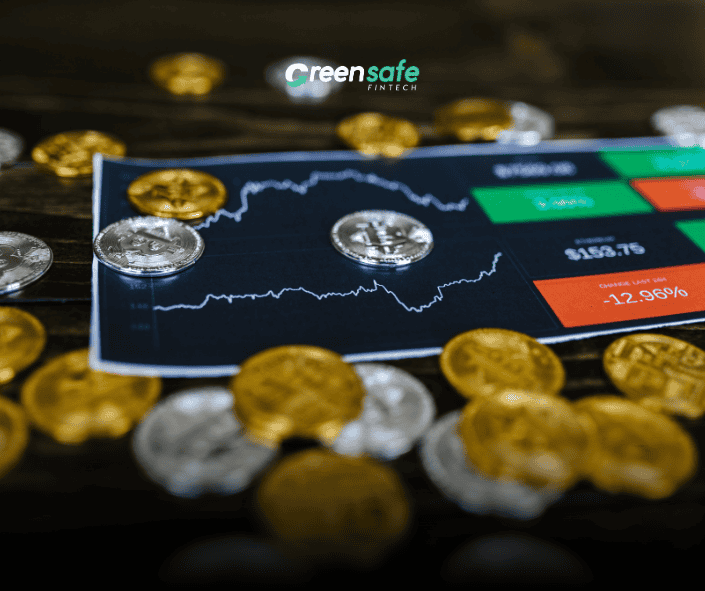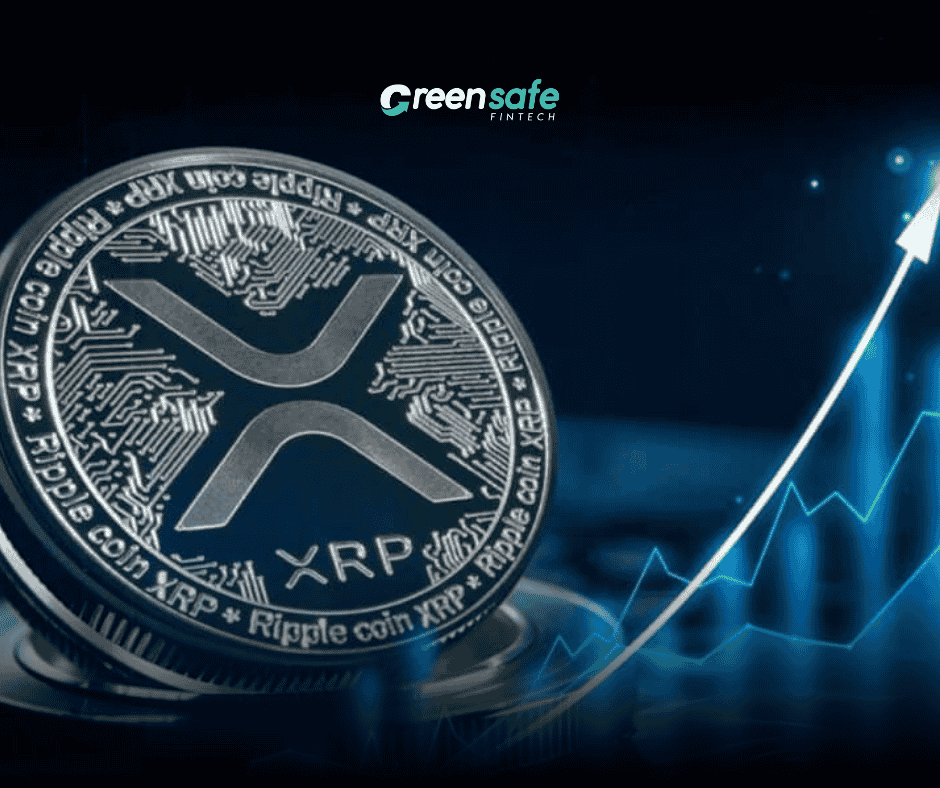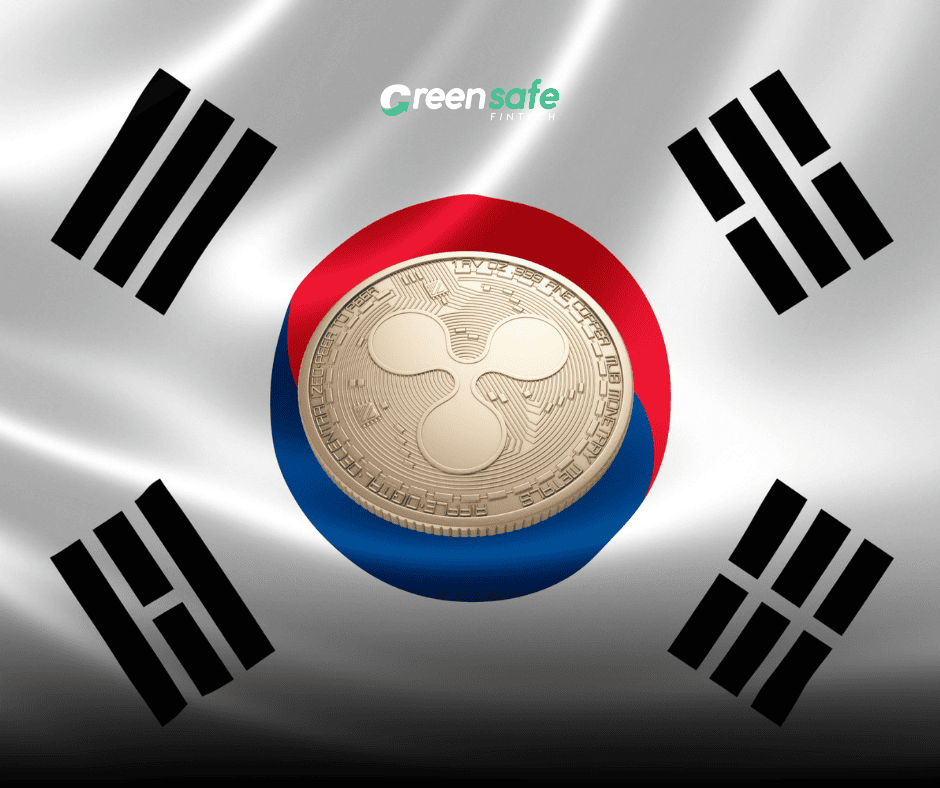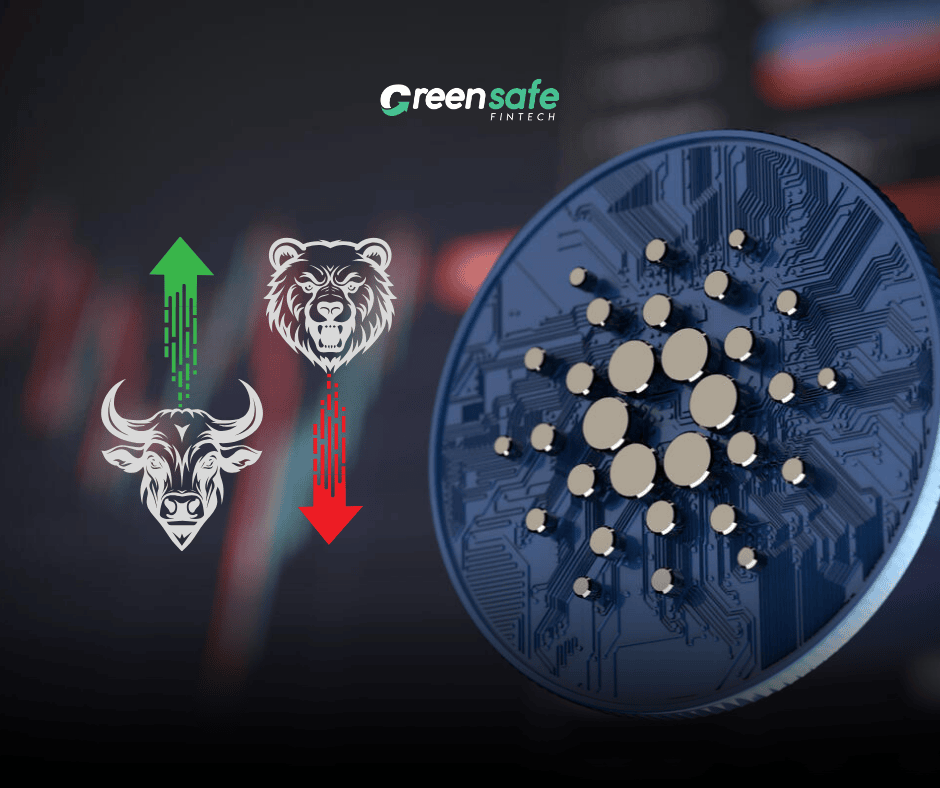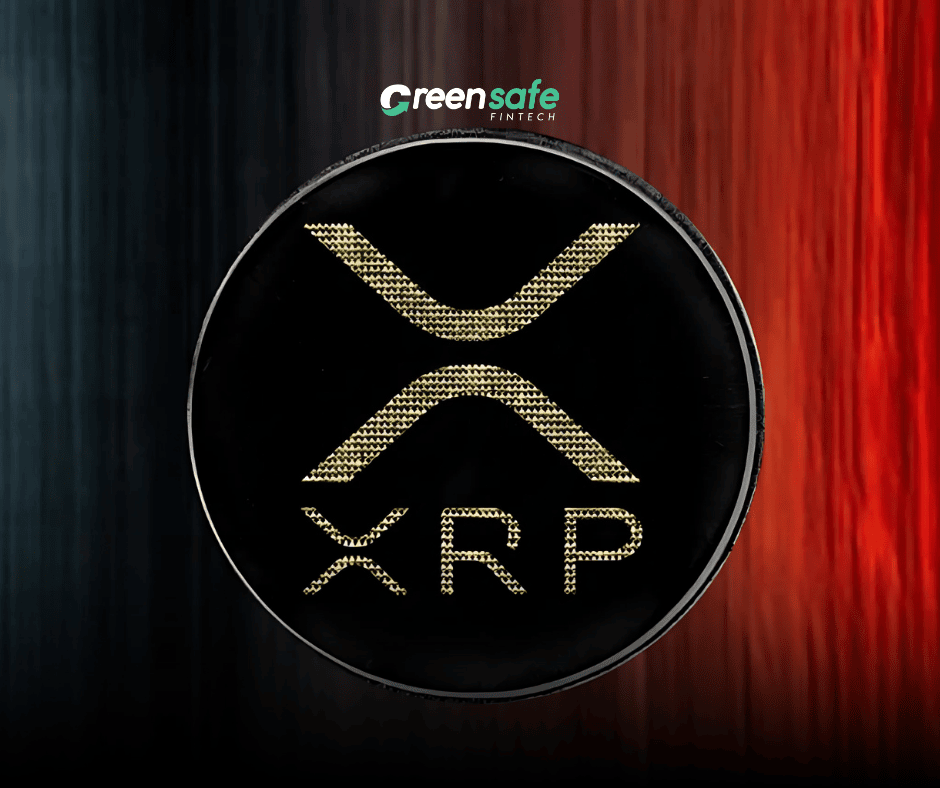XRP has achieved a significant milestone by overtaking Tether’s USDT to become the third-largest cryptocurrency by market capitalization. As of January 3, 2025, XRP’s market cap soared to $138.98 billion, trailing only Bitcoin and Ethereum, according to CoinGecko.
XRP’s Meteoric Rise
XRP’s price climbed to $2.43, marking a 17% increase over the past two weeks and a staggering 280% surge year-over-year. Its rally gained momentum following Donald Trump’s presidential election victory in November 2024, which sparked optimism about pro-crypto policies under his administration.
Adding fuel to the fire, speculation around a spot XRP exchange-traded fund (ETF) has intensified. On December 2, WisdomTree joined Bitwise, Canary Capital, and 21Shares in filing applications for an XRP ETF with the U.S. Securities and Exchange Commission (SEC). The SEC’s approval of spot Bitcoin ETFs earlier in 2024 has bolstered market confidence in future approvals for XRP ETFs.
Ripple Labs also contributed to XRP’s momentum with the December 17 launch of Ripple USD (RLUSD), a dollar-backed stablecoin designed to facilitate cross-border transactions. RLUSD has already garnered a $72 million market cap and will integrate into Ripple Payments in 2025, further enhancing XRP’s ecosystem.
USDT’s Decline Amid Regulatory Challenges
While XRP ascended, Tether’s USDT faced challenges that reduced its market cap by $1.6 billion since December 30. The decline coincided with the European Union’s implementation of the Markets in Crypto-Assets Regulation (MiCA).
MiCA mandates stricter compliance for stablecoin issuers, including maintaining full reserves and obtaining licenses to operate within the EU. Coinbase Europe’s December delisting of USDT due to noncompliance with MiCA regulations underscores these challenges.
Despite these setbacks, Tether remains the dominant stablecoin, commanding 67.21% of the $204 billion stablecoin market, according to DefiLlama.
Broader Implications
The recent developments highlight shifting dynamics within the cryptocurrency market. XRP’s surge reflects growing investor confidence in Ripple Labs and broader market optimism surrounding regulatory clarity and institutional adoption.
Meanwhile, Tether’s challenges underline the increasing scrutiny stablecoins face from global regulators. The evolving landscape may pave the way for innovations like Ripple’s RLUSD to gain traction.
As the cryptocurrency market continues to evolve in 2025, XRP’s rise and USDT’s challenges may signal a broader shift in market sentiment, regulatory impacts, and investor preferences.


